Back to blog
What is IPFS used for?
Intro
The need for secure and decentralized data storage is more prominent than ever and IPFS is here to solve that problem. IPFS reinvents the way we store and share information, ensuring data permanence, resilience, and efficient distribution.
How Does IPFS Work?
At its core, IPFS is a peer-to-peer distributed file system. Unlike traditional HTTP-based systems, IPFS utilizes a content-addressable method, where data is retrieved based on its assigned CID (Content Identifier) rather than a location-based URL. This structure ensures that content remains accessible even if the original source is offline, promoting data availability and reducing reliance on centralized servers. It also ensures that you’re always retrieving the exact piece of content you’re searching for when you specify the unique CID.
IPFS serves a variety of purposes. From hosting static websites and distributing large datasets to enabling versioned and tamper-evident data storage, its applications are diverse. We’ll get into more specific use cases later in this blog, such as developers utilizing IPFS to create decentralized applications (DApps).
The Benefit of IPFS Pinning Services
One of the main concepts in IPFS is pinning. When you "pin" a file or content on IPFS, you’re basically marking it as important and ensuring its permanence on the network. Pinning services, such as Pinata, play a critical role in maintaining and preserving your data. We offer reliable infrastructure to host pinned content, so you don’t have to and make uploading and subsequent file management to be as easy as possible via our API or web app.
The Many Uses of IPFS
If you’re reading this and wondering if IPFS is meant for you, there’s a laundry list of reasons why people use it, ranging from blockchain integration and dApps, to offline access and decentralization.
Let’s get into the specifics of a few main reasons you might want to use IPF:.
- Peer-to-Peer Sharing & Collaboration: IPFS allows for peer-to-peer collaboration by enabling users to share files directly between devices, reducing the need for intermediaries.
- Decentralized Applications (dApps): Developers can use IPFS as a storage layer for decentralized applications, allowing them to store application data in a distributed manner.
- Blockchain Integration: Some blockchain projects integrate IPFS to store large or less frequently accessed data off-chain, reducing the load on the main blockchain and making data retrieval more efficient. NFT projects, NFT Marketplaces, Metaverses, and blockchain games are just a few of the many real world applications utilizing IPFS today.
- Archiving and Preservation: IPFS provides a means to store and share content for archival purposes, ensuring that historical data remains accessible over time.
Other benefits?
- Decentralization: IPFS distributes files across a network of nodes, eliminating the need for a centralized server. This reduces the risk of a single point of failure and enhances data resilience. It also gives you full control over all the content you’re pinning and distributing.
- Permanent Web: IPFS aims to create a more permanent and reliable web by ensuring that files are always accessible through their content hashes, even if the original uploader goes offline.
- Faster Content Delivery: IPFS employs a distributed caching mechanism. When a file is requested, it is served from the nearest node that has the content, reducing latency and improving download speeds. Even better? Pinata’s Dedicated Gateways ensure the quickest speed and safest delivery.
- Data Integrity: Files on IPFS are verified through their content hashes, ensuring that the content hasn't been altered during transmission or storage. A unique CID (Content Identifier) will always produce the same piece of content therefore allowing you to always legitimize the original piece of content.
- Content Addressing: IPFS uses content-based addressing, where files are identified by their content hashes. This allows for immutable and tamper-proof storage, as any change to the file content results in a different hash.
In conclusion, IPFS represents a transformative leap in data storage and sharing. By harnessing the power of peer-to-peer technology and content-addressable storage, IPFS addresses the challenges of data permanence, security, and availability. Whether you're a developer seeking decentralized solutions or an individual looking to explore a new way of handling data, IPFS offers a rich ecosystem of tools and services to support your needs. Integrating Pinata with your IPFS workflow will enhance the reliability of your data storage and make the process all around much easier.

